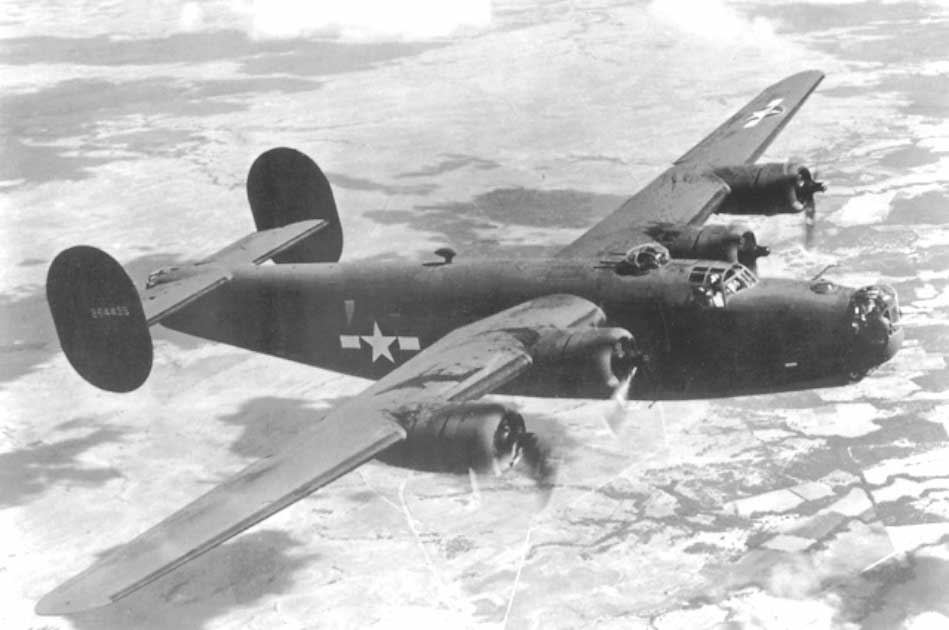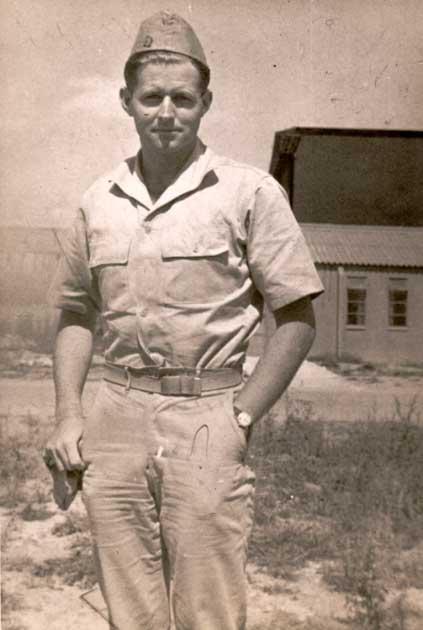Some would argue that Operation Aphrodite was the height of folly. It was 1944 and at this point the Second World War had turned in favor of the Allies. The Americans and British had won a toehold in northern France after the D-Day landings, and the Russians were advancing across eastern Europe inexorably towards Berlin.
The top-secret mission however was seen to have major strategic advantages, which justified the extreme danger of the operation. It involved the use of military drone aircraft for the very first time. Even though in World War I, drones had been used, but their targets had always been set in advance.
However, the drones that were supposed to be used for the Operation Aphrodite mission were expected to function remotely. Weirder still, they were to take off with a living crew.
What was the Plan?
Operation Aphrodite was a secret mission that Britain and the United States had been working on during the World War II to target the bunkers of entrenched German forces. The German deployments were very well protected from the enemy and a solution was needed to remove them with minimum losses on the Allied side.
With the US well aware of the presence of a solid network of German bunkers and the difficulty they presented, they hatched the plan to use pilotless aircraft that would strike the enemy. The fundamental objective of Operation Aphrodite’s mission was to attack and destroy the bunkers so that the Germans would be forced to retreat.

The mission’s goal was simple, and the Allied wanted to use B-17 and B-24 bombers for the task: typically older airframes that were not suitable for conventional bombing. These plains would contain a large quantity of Torpex explosives.
They were effectively massive flying bombs that would help crack the German submarine pens and rocket launch sites, degrading the Nazi ability to strike at the Allies. However, the unique attribute of the mission was that planes would be handled and controlled remotely by using a “mother-plane”.
In return for the increased risk such an audacious approach presented for the aircrews, the Allies would be able to target Nazi sites with far larger explosive packages than even the great bombs carried by the British Lancaster and American Liberator bombers carried.
What was the Kennedy Connection?
At this point a member of one of the most famous families in US history enters the picture. Navy Lt. Joseph P. Kennedy and his crew had shown a keen interest in participating in the D-Day invasions. Kennedy was the elder brother of the future US president John F Kennedy.
He had volunteered to join Operation Aphrodite and had been given the responsibility to fly the drones to 10,000 feet before bailing out, so that the mother-plane could take over and fly automatically. However, this was only a theoretical solution to the problem and many saw the operation as a suicide mission.
In the event they were proven right. Kennedy could not make it out alive from his B-24 Liberator as the explosives in the plane prematurely detonated, killing Kennedy along with his copilot. The disaster led to the failure of the mission, and the entire project was eventually indefinitely suspended.
The Operation Aphrodite program lasted from August 1944 to January 1945 however, and in that time 15 missions were flown. However, it was considered to be a major failure for the Allied as the results were disastrous.
The Allied wanted to strategically utilize suicide drones so that they could attack German bunkers that were situated in the occupied regions of France and Denmark. The plan was devised to cause maximum damage to the target and was supposed to minimize the risk to the Allied crew members.
But this was simply not what happened, and many Allied servicemen lost their lives compared to the German forces. Even though the mission seemed to have high potential, it failed miserably. Instead of giving an advantage to the Allies, they faced tremendous loss in terms of the deaths of their service men for very little in return.
Could it have Worked?
Despite the failure of Operation Aphrodite, some still considered it a viable tactic that the Allies could use against the German forces. In theory, the idea sounded quite easy. However, in the practical setting, it was much more complex.

Much of the problem came from the fact that the plane itself was heavy, unstable, and packed with high explosives. While trying to execute the plan, Kennedy pulled the safety pin so that the explosives could be armed. Even though it was successfully done, the pilots were now on a clock as the timers counted down, and found they could not evacuate the plane in time.
What makes the mission unique is not just the application of the remote control concept. The involvement of Kennedy and his sudden death drew considerable attention to Operation Aphrodite, and the dangers it presented.
The Allied command had high hopes for the operation, but the failure to execute it and the pilots’ deaths highlighted the fact that it was not working as hoped. The mission came into being so that no Allied troops would have to risk losing their life while attacking the German bunkers. However, while working on the mission, the Allied suffered major damage, whereas the Germans were not impacted in any manner by such a strategic move.
There were also numerous operational flaws in the strategy that were totally ignored by the Allies while sending out their pilots to initiate the attack against Nazi Germany. Using a low-flying carrier increased the risk of getting shot by the Germans. Other planes failed to reach the target due to the failure of the new radio control system. While looking at these loopholes in Operation Aphrodite, it seems like the Allied had not considered the plan at the integrated level.
Kennedy played an instrumental role in the Operation Aphrodite mission, for which he had volunteered. But the terrible strategy proved to be fatal for him. High hopes were tied to the mission, but it failed to deliver the intended results for the Allied during the war.
Top Image: A B-17 Flying Fortress bomber used in Operation Aphrodite. Launched at a German position in France, it missed. Source: USAAF / Public Domain.
By Bipin Dimri